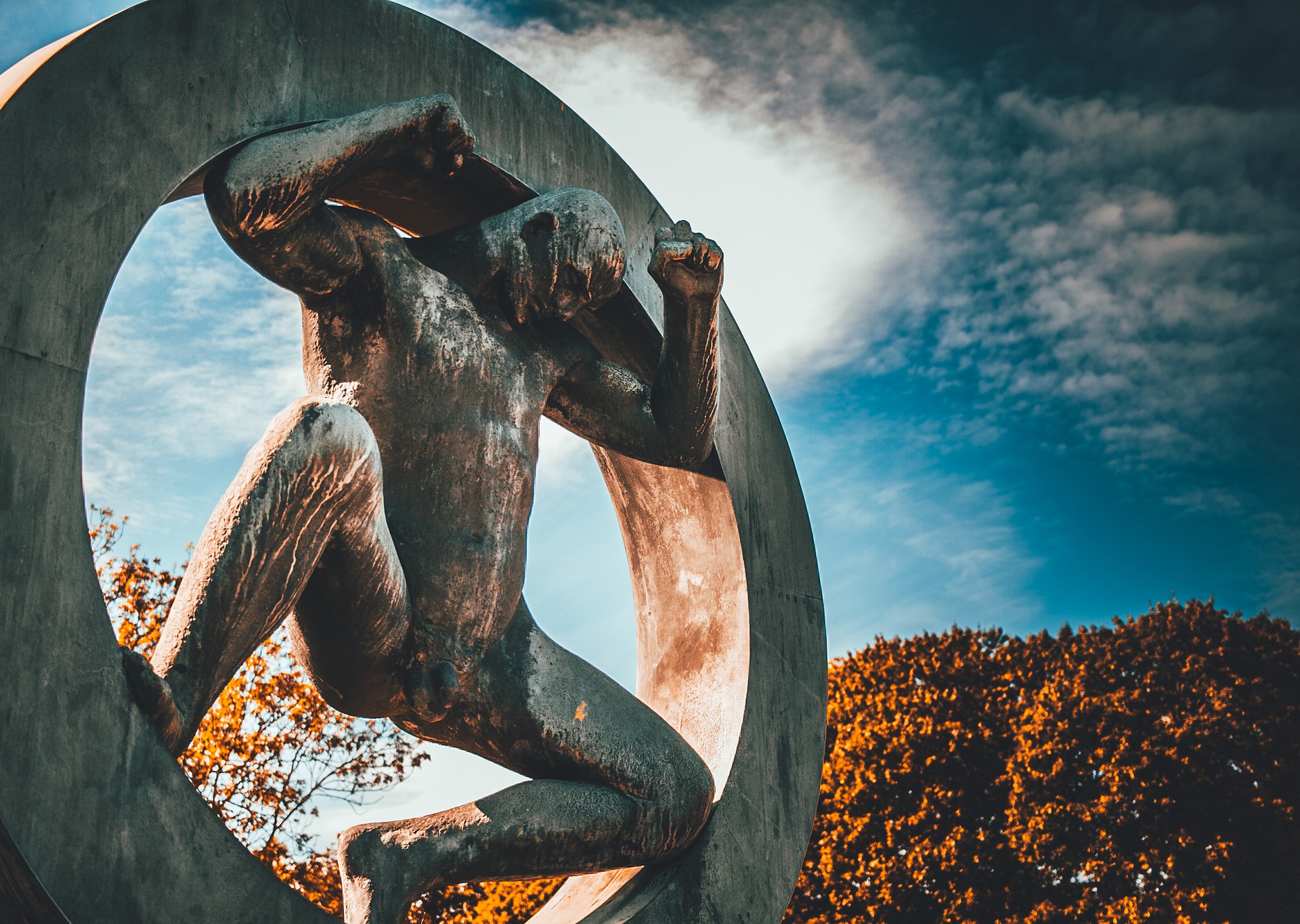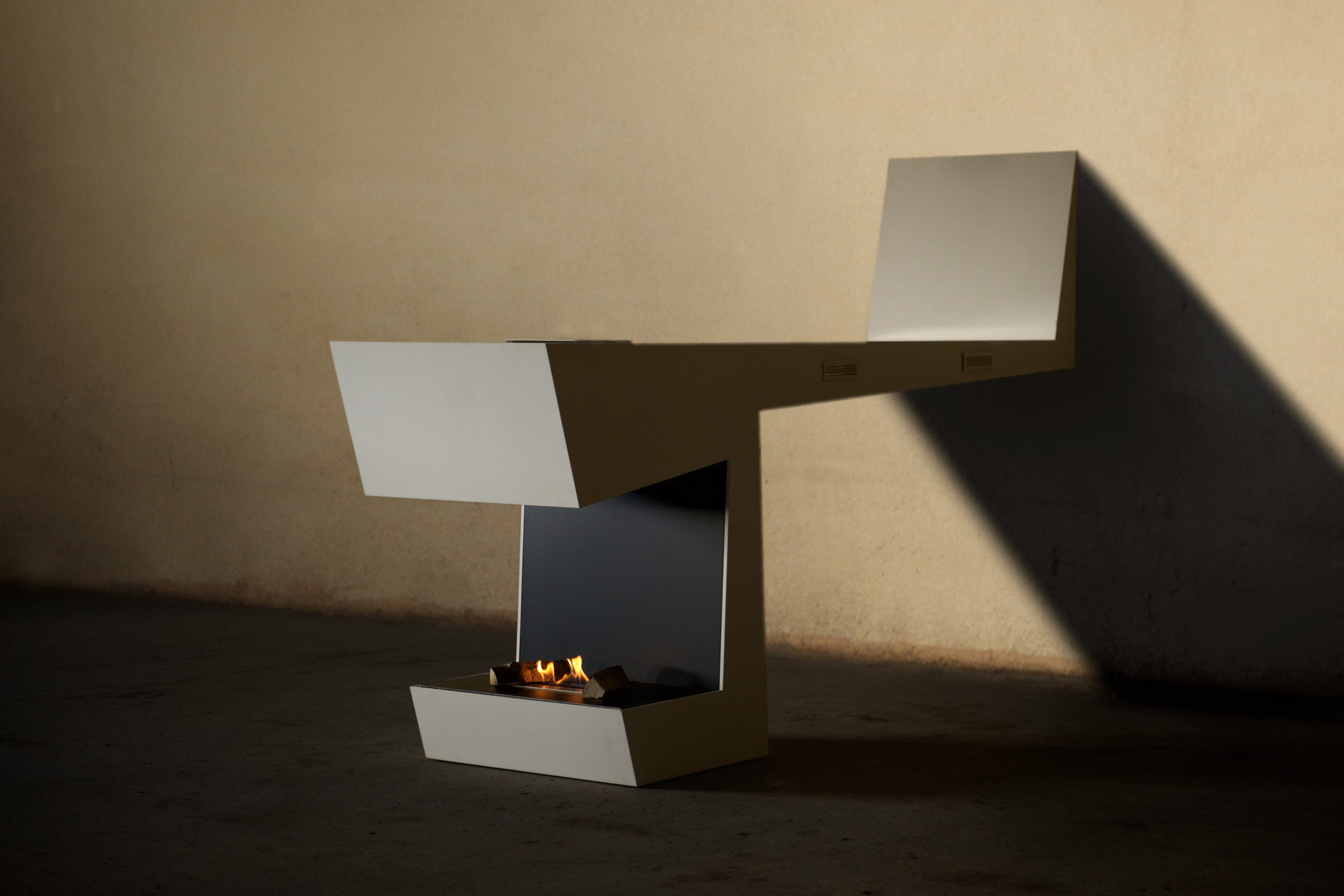Back to the roots
As with any successful craft project, the choice of materials is a crucial step. However, we can notice that over time the building materials as well as those used for furniture have changed greatly. If today our materials are more resistant, ecological and economical, it is thanks to research and development as well as constant innovation in the field. But what was it before?
Obviously, wood was one of the first materials to be used for both art and construction. Often, it was used to make sculptures and build the first houses because it was found everywhere, was very economical and easy to use.
Then came a material that changed the course of mankind: concrete. Discovered in the age of antiquity, but truly exploited during the reign of the Roman Empire, concrete reinvents the face of architecture. Still used extensively today all over the world, concrete is more and more present in the manufacture of modern art objects. Indeed, with its raw, massive, urban and aesthetic side, more and more artists dare to integrate concrete into their works.
Although iron has always been used, the history of steel is a little more complicated and we need to go back in time to understand its evolution. It was actually in the late 1850s that steel began to be used more industrially. All this is further driven by the incoming of the great wars. Today, steel is used extensively for building furniture, for infrastructure and also for art. Mainly used for sculpture and architecture, steel has been able to interest and inspire the greatest thinkers of our world.
Nowadays, our understanding of the material as well as our techniques of industrialization have changed enormously. It revolutionized the art of construction but also the art of creating furniture. Today we are fortunate to live in an age where solidsurface is accessible to the public. Indeed, solidsurface is a mixture of natural materials, acrylic resins and pigments. Solid surface is one of a kind because it’s as strong as steel, easy to maintain and extremely hygienic because its surface is homogeneous and non-porous (repels bacteria, resists stains and is resistant to natural damage) and is translucent. By its technical characteristics but also by its aesthetic side, the solidsurface is the material of the 21st century for your furniture.





